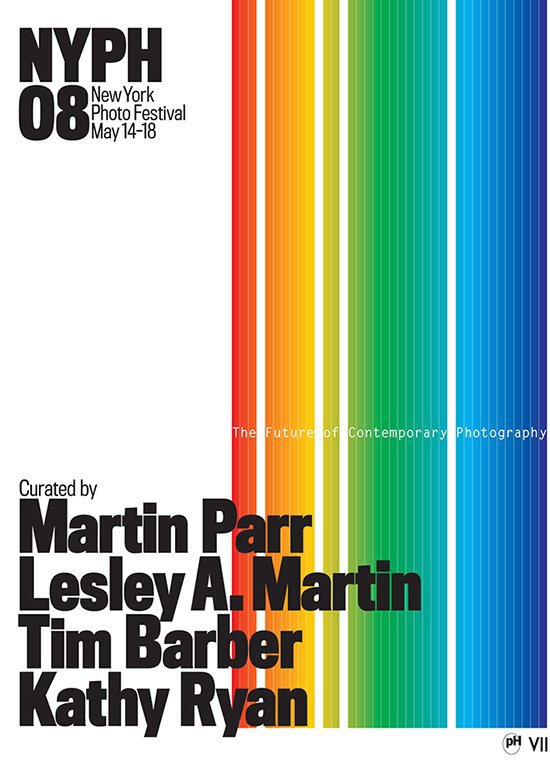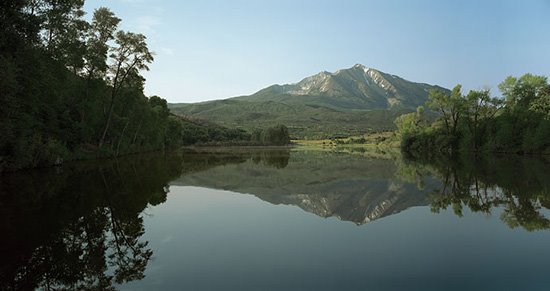
I have been following Clifford Ross’s photography since 2005 when I read my first article about the R1 Camera he commissioned to build. The camera is based around an old World War 2 era arial film cartridge system that is still in circulation and Kodak still manufactures color film for it.
The New York Times article puts it nicely:
The camera, called the R-1 (R for Ross), looks oddly rigged, like something out of Dr. Seuss, and almost like an antique viewfinder camera on legs. In fact, Mr. Ross pulls a cloth over his head and the back of his contraption when he takes a picture. But with this camera that he concocted out of 60-year-old camera parts, mirrors, a microscope and other items - none of them digital - Mr. Ross has taken photographs on 9-by-18-inch negatives that when slowly processed by hand and digitally scanned contain 100 times as much data as the average professional digital camera.For example, in the mountain photographs that Mr. Ross took in Colorado - of Mount Sopris, near Carbondale - shingles on a barn appear in sharp focus 4,000 feet from the camera, as does a tree on a ridge four miles away.
You can get some sense as to what standing in front of a Clifford Ross print is like from a zoom feature on his website.
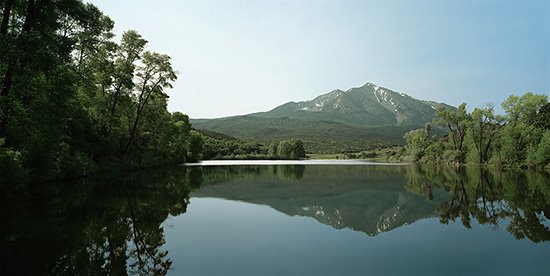
Clifford Ross, Mountain III, Chromogenic Color Print, 71.5"x130" (frame) 2005 and 53"x93" (frame) 2006
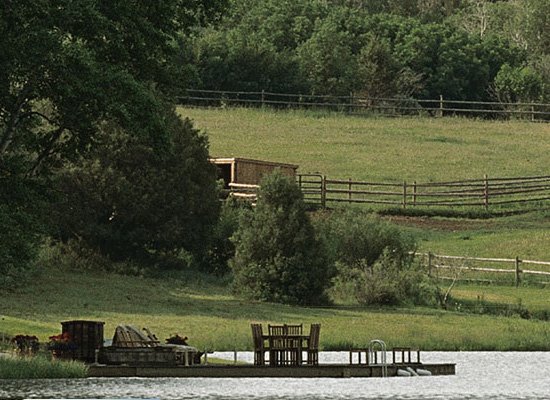
Clifford Ross, Mountain III (full size detail)
Not long after reading about Clifford Ross I stumbled upon the Gigapxl Project (wiki). Forming around the same time as Cilfford Ross; the Gigapxl Project was created by retired physicist Graham Flint. Using a surprisingly similar technique Flint’s Camera uses the same film format as the R1 Camera thus the two cameras have a vaguely similar tank like look. If you are interested in the technology of these types of cameras Gigapxl’s website has a geeked out technology section for your statistical pleasure. I am much more interested in the aesthetics of creating landscapes so dense with details then diving into technical differences.
WIRED has a good discription of looking at a Gigapxl image in a 2005 article, “Photographer Seeks Resolution:”
A photograph of a San Diego beach shows a paraglider swooping over bluffs. Zoom in on some tiny dots on the cliff, and a group of people with binoculars and telephoto lenses can be seen. Follow their gaze, and you’ll see naked sunbathers on the beach.
These cameras allow for a viewing interaction where the viewer’s distance far to near adds a layer of intensity usually only seen in large paintings. Now that these photographs can be produced in similar size and intensity the interaction with the picture becomes vastly different then when you look at a standard sized image.
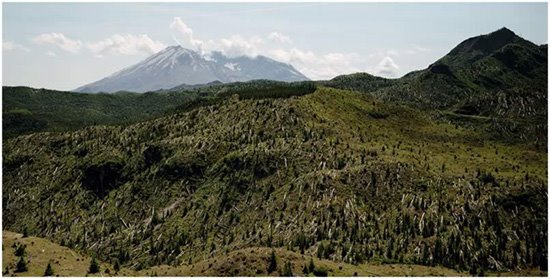
Copyright 2006 Gigapxl Project, Mount St Helens National Volcanic Monument. Southwest Washington, Gigapxl 480-mm (normal) camera, f/19, 1/60s
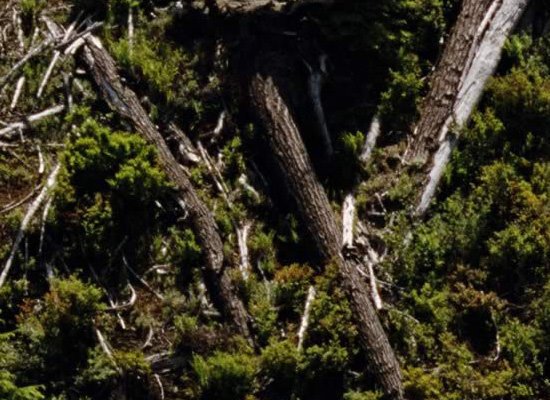
Gigapxl Project, Mount St Helens National Volcanic Monument. Southwest Washington (full size detail)
When an image lush with detail such as the mountain images produced by Clifford Ross and the Gigapxl project the viewing experience becomes charged with interaction. Not only do your eyes dart across the image building the image in your minds eye but upon closer inspection since detail is maintained your eyes are flooded with information and leads to a more immersive viewing experience.
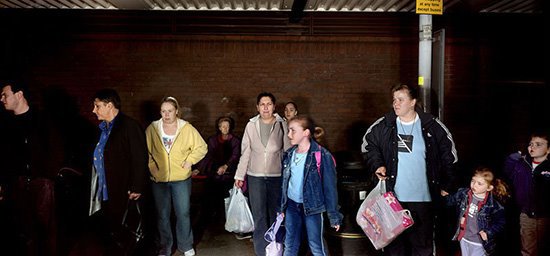
Alastair Thain, 560,000.00 Hours, London 2004
While I was writing this post I came upon another photographer using a home made camera largely based upon the same aural film cartages. I found Alastair Thain’s work via Flat-e: ICA: The Show episode seven. ICA: The Show is a British based video magazine. Although Thain’s Camera is quite similar to Ross’s and Gigapxl’s his images have more in common with Eggleston then with Adams.
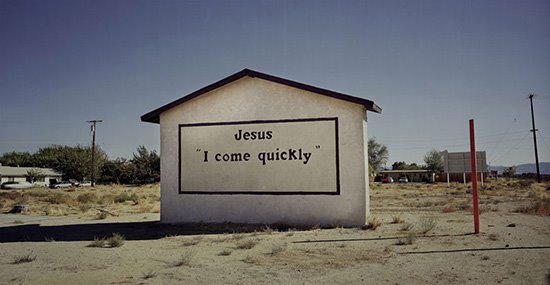
Alastair Thain, I -10 Freeway 1989
I will certainly keep looking into these three artist’s development and what the will happen as the digital world collides into their film biased practice. Already they are going into new directions. Clifford Ross is experimenting with 3d manipulation which so far has underwhelmed me (at least in web form). And in August of last year Google started incorporating the Gigapxl photos into the 3d virtual environment of the Google Earth.
I also have to wonder what other artist would yield if they worked with these oversized cameras and really go to know them. Would a Andreas Gursky be improved is you could see more detail?

